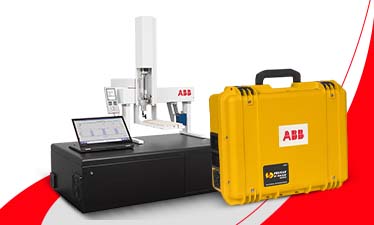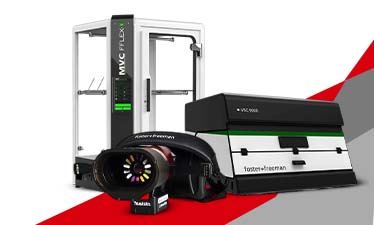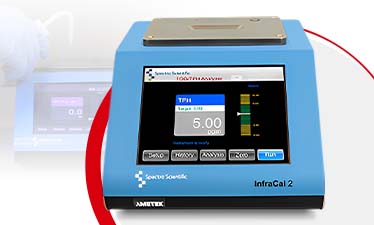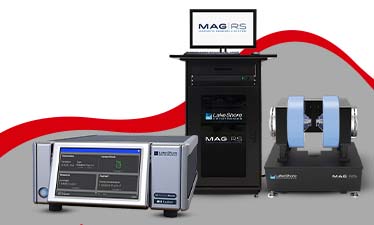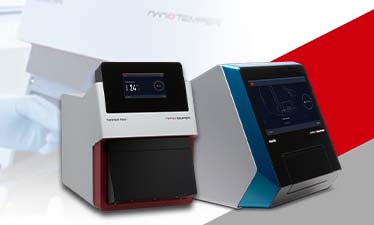Different Methods Involved in Particle Size Measurement
Particle research has revolutionised the way we view this universe and along the way it has made significant influences over varied fields of science, enhanced daily life and guided a new generation of computing professionals and scientists.
The measurement of particle sizing contributes to improving so many aspects in our daily life. So many technologies that we interact with on a regular basis have been actually developed or improved by particle research.
At BCL we offer a range of high-performance particle sizing instruments and systems. But before you choose the ideal instrument to meet your needs, learn about the different methods that are commonly used in particle size measurement.
Keep reading till the end to find out.
Sieves
Sieves is a traditional technique used for measuring particle size. Despite being an old method, this still has some of the advantages such as it offers ideal measuring capabilities for large particles. It is also a cheap particle size measurement method compared to others.
Industries such as mining typically use this method. However, one of the prominent drawbacks of the sieves method is that it is almost impossible to measure emulsions or sprays and measurement of dry powders.
Basically, it is not ideal for measuring small particles although the wet sieving method might aid in overcoming this challenge then again, reproducing results from it becomes extremely challenging. Additionally, materials such as clay which are agglomerated and cohesive in nature are also tough to measure.
In order to obtain accurate and meaningful outcomes from the method, there is a constant need for standardising the operating methods and measurement times.
Electrozone Testing
This particle size measurement method is used particularly for red blood cells and not for any industrial materials. If used for the later then the method comes across with several challenges.
Measurement of emulsions and dry powders are extremely difficult with electrozone testing and it is absolutely impossible to measure sprays. Another drawback of this method is that the needed calibration standards are expensive and there is a requirement to measure in an electrolyte.
Sedimentation
It is a common particle size measurement method used in ceramics and clay industry. This method suffers from two major challenges. Firstly, the material density is required, therefore, making them not suitable for determining particle size of emulsions in which the material doesn’t settle or for materials that are dense where the material quickly settles.
Also, in this method, the measurement of small particles is very slow and therefore, the process of redundant testing can be tedious.
Laser Diffraction
This one is by far the most favoured method that is taken into consideration as it delivers the most accurate and reliable results. It provides a range of advantages and they are –
- Flexible performance as they can measure almost all types of particles.
- It offers rapid measuring results. The outcomes can be obtained in less than 60 seconds.
- This method delivers a very broad and dynamic measurement range.
- It offers an absolute method of particle analysis that is embedded with scientific principles and requires no need for any instrument calibration for taking measurements.
We at BCL offer the most advanced particle size instruments that include a combination of one or two of these methods.




